Effects of dose and temperature on microstructural evolution of Zircaloy-4 alloys during proton irradiation
Principal Investigator
- Name:
- Daniel Jadernas
- Email:
- [email protected]
- Phone:
- (208) 526-6918
Team Members:
| Name: | Institution: | Expertise: | Status: |
|---|---|---|---|
| Peter Hosemann | University of California-Berkeley | ||
| Mukesh Bachhav | Idaho National Laboratory | microstructural characterization, nuclear materials, irradiation effects, APT | Post Doc |
Experiment Details:
- Experiment Title:
- Effects of dose and temperature on microstructural evolution of Zircaloy-4 alloys during proton irradiation)
- Hypothesis:
- Proton irradiation is commonly used to simulate neutron irradiation. However, it is not clear how well proton irradiation reproduces what neutrons do to the material. We will study the effect of ion irradiation as a function of irradiation temperature and dose to validate if temperature can be used to taylor the irradiation conditions such that the proton irradition gives the same result as neutron irradiation. Furthermore, microstructural evolution as a function of dose will be measured.
- Work Description:
- The work proposed will involve detailed characterization of the alloy chemical evolution as a function of dose and temperature. Samples for atom probe tomography will be extracted from material proton-irradiated under six different conditions (0.5 dpa, 1.6 dpa and 5 dpa at 280C, 350C). Three types of samples from each material will be extracted - matrix phase, secondary phase particle and grain boundary samples. The dose rate of these materials is very low and they can be handled and shipped without additional precautions.
Project Summary
Proton irradiation is commonly used to mimic neutron irradiation since it is more easily accessible, easier to control and faster/cheaper. However, it is not clear that the proton irradiation reproduces the same microstructural evolution (SPP dissolution, segregation, defects, etc.) as neutron irradiation. Temperature is often used to compensate for the differences and this study aims at studying the effect of temperature and proton dose on the evolution of Zircaloy-4. Two techniques with outstanding capabilities to analyze materials at small length scale are Transmission Electron Microscopy (TEM) and Atom Probe Tomography (APT). TEM offers atomic-scale insight to local structure and interactions at surfaces and interfaces such as grain boundaries. On other hand, APT offers access to information on chemical identification and 3-D distribution of trace elements at nano-scale. Thus, individually both techniques are unique in elucidating materials down to sub nano-scale. To carry out comprehensive research on chemical and microstructural changes in Zr alloys, one needs to combine merits of both techniques. This project will focus on the APT part.Since the material microstructure is fundamental to performance of the materials, understanding the correlation between microstructure and macrostructure may explain radiation-induced growth uncertainties and discrepancies. The present proposal plan to pursue understanding microstructural changes, precipitation behavior and mechanical properties of Zr-4 alloys1) Role of solute elements (Fe, Cr and Sn) 2) Role of dosage (0.5, 1.6, and 5 dpa)3) Role of temperature (T=280 C, 350 C) Current materials irradiation by neutrons tests require long exposure times, costly infrastructures and time-consuming post-irradiation examination (PIE). On the other hand, ions irradiation offers high levels of radiation damage on short time scales and inexpensive way to emulate neutron irradiations effects. For these studies, samples have been already irradiated at Michigan Ion Beam Facility (MIBL), University of Michigan.
Relevance
In-reactor behaviour of Zr-based alloys are very important to the current fleet of reactors. Phenomena like hydrogen pickup, oxidation and growth creep depends on the alloying elements added, neutron dose, the temperture and chemistry of the reactor coolant, etc. This project aims at understanding how irradiaiton changes the material and how well protons can be used to mimic neutron irradiation.
The work performed in this Project directly supports the current fleet of reactors with fundamental research and ties directly into the work performed in the light water reacto sustainability program. Futhermore, the data generated in this project will support modeling of these types of alloys suring irradaition.
The work performed in this Project directly supports the current fleet of reactors with fundamental research and ties directly into the work performed in the light water reacto sustainability program. Futhermore, the data generated in this project will support modeling of these types of alloys suring irradaition.
Please wait
About Us
The Nuclear Science User Facilities (NSUF) is the U.S. Department of Energy Office of Nuclear Energy's only designated nuclear energy user facility. Through peer-reviewed proposal processes, the NSUF provides researchers access to neutron, ion, and gamma irradiations, post-irradiation examination and beamline capabilities at Idaho National Laboratory and a diverse mix of university, national laboratory and industry partner institutions.
Privacy and Accessibility · Vulnerability Disclosure Program

